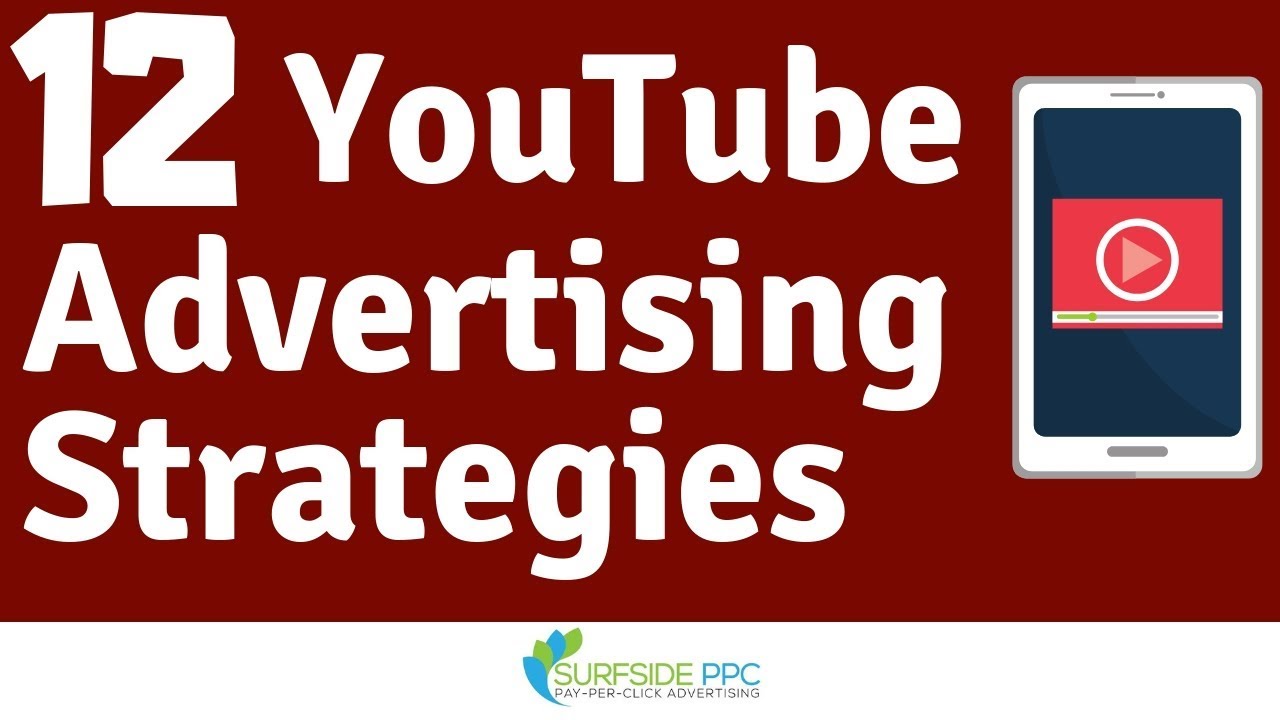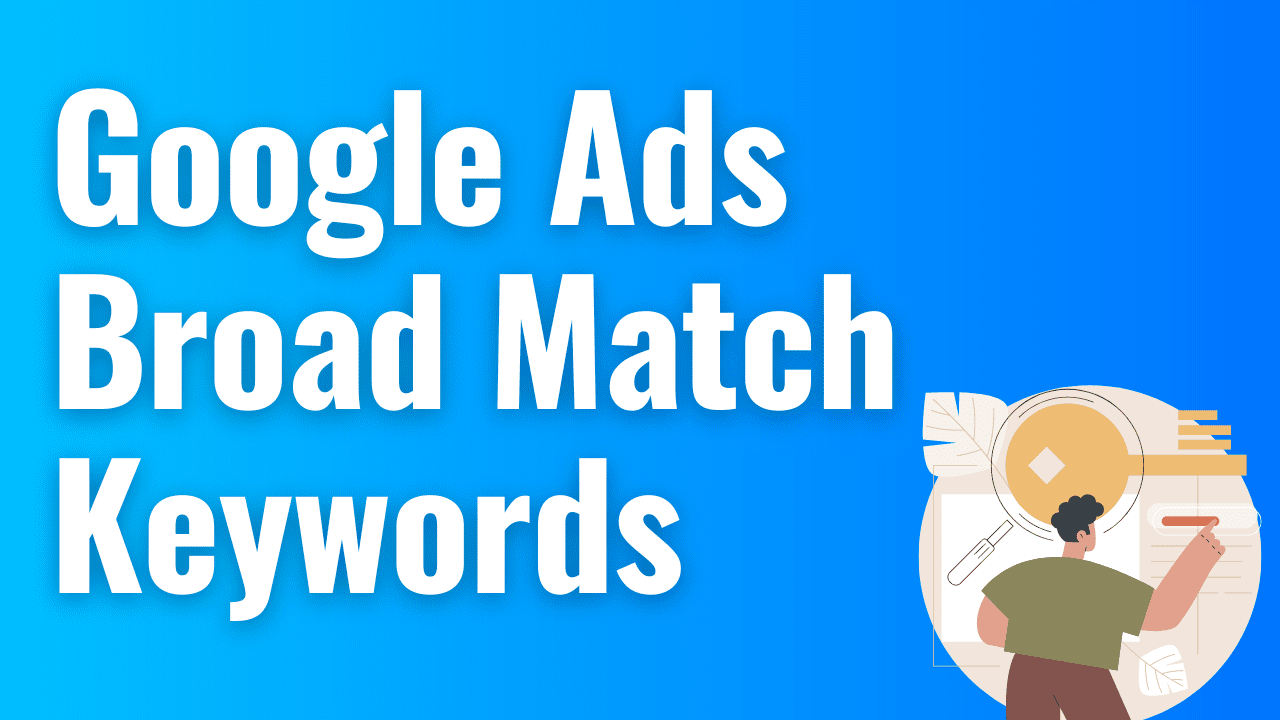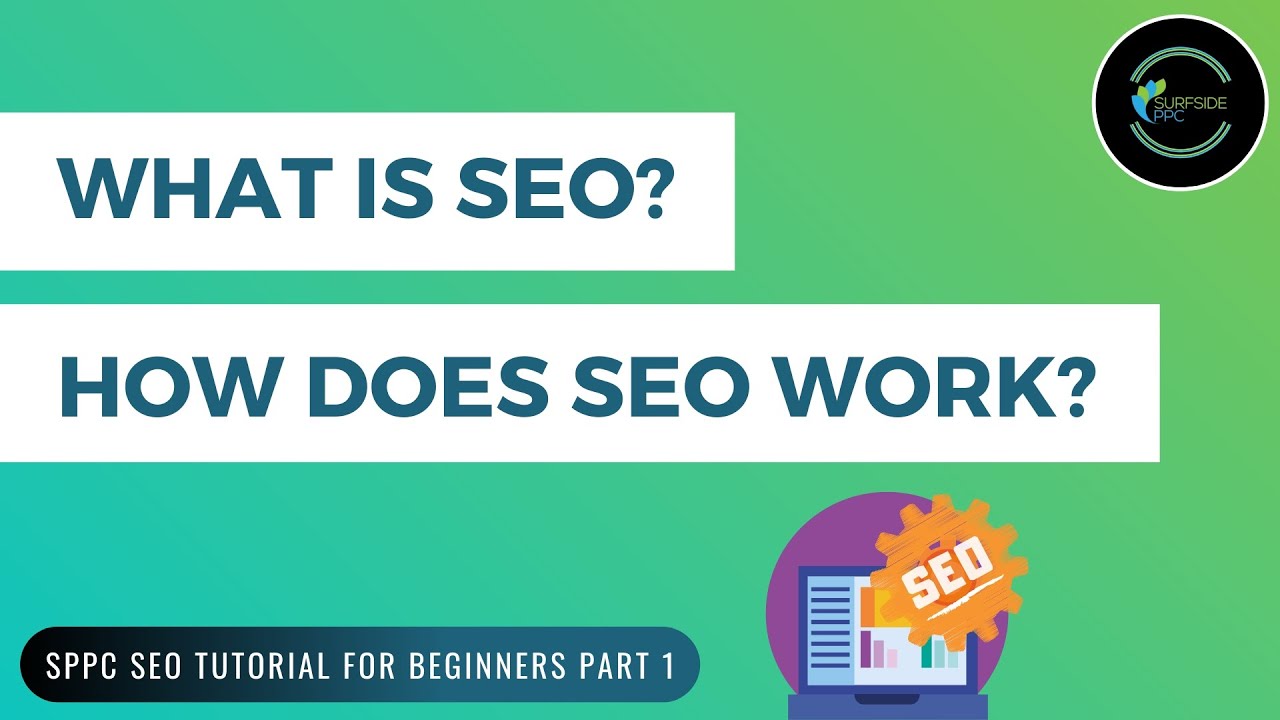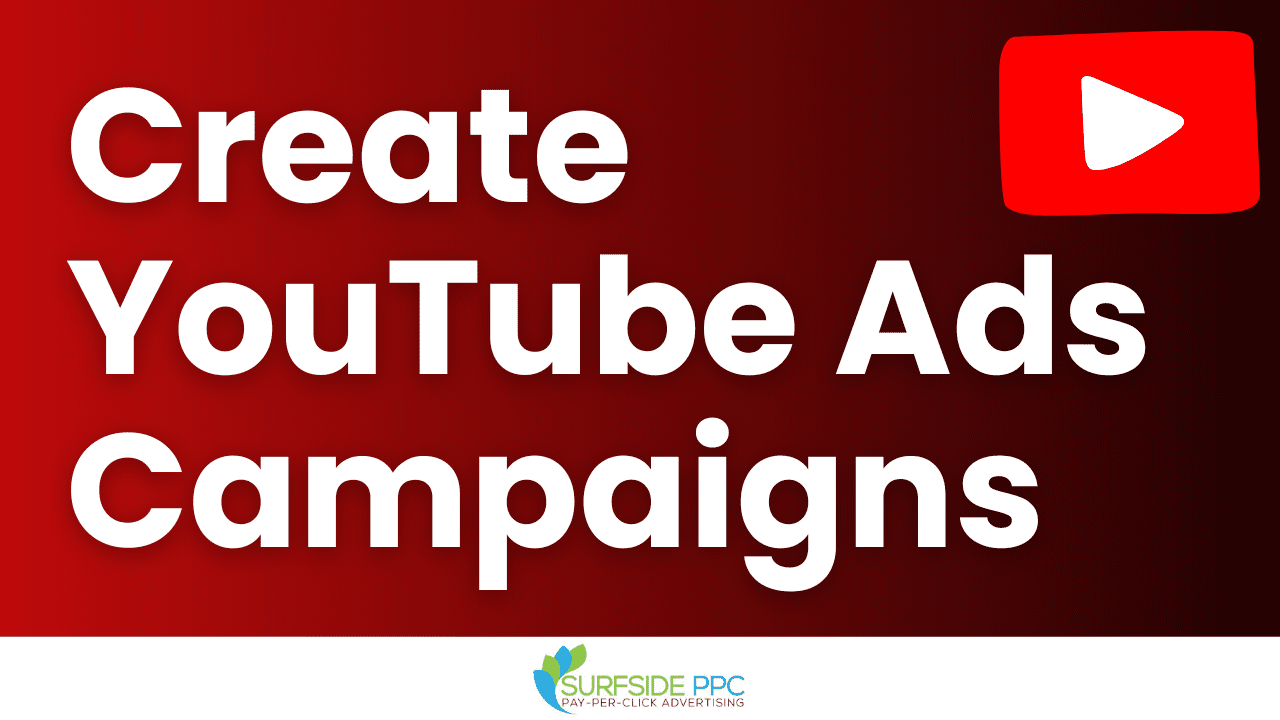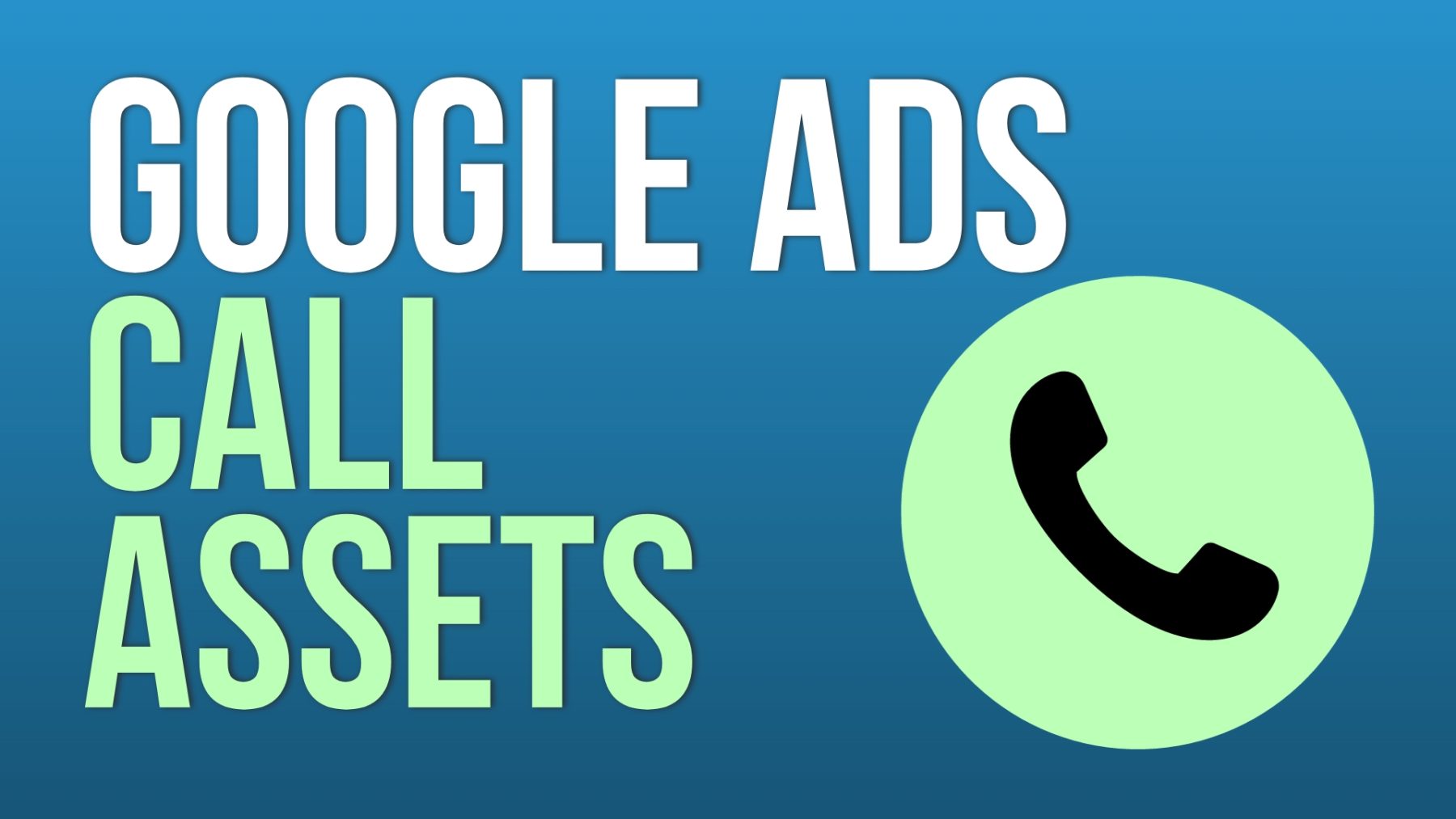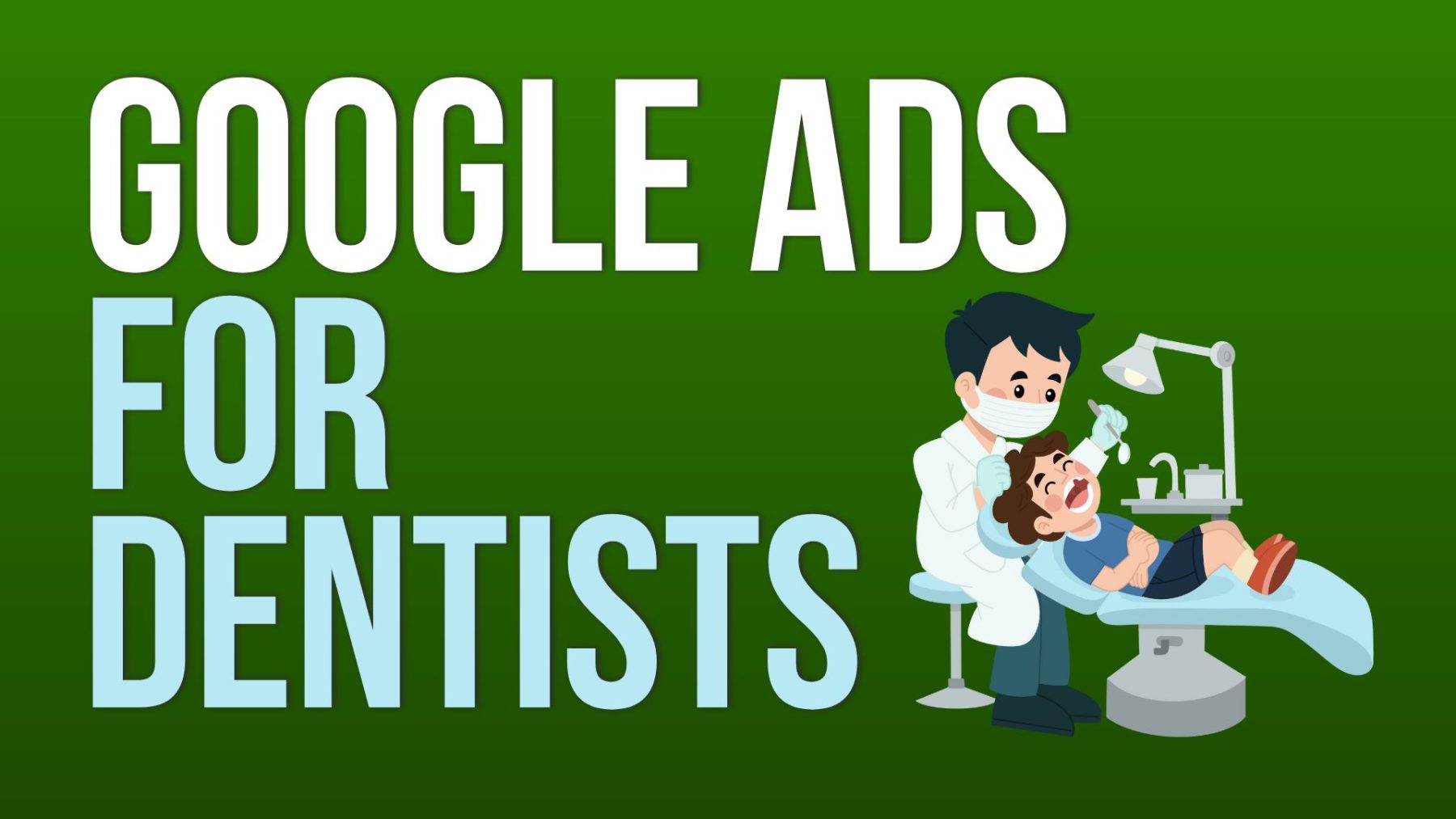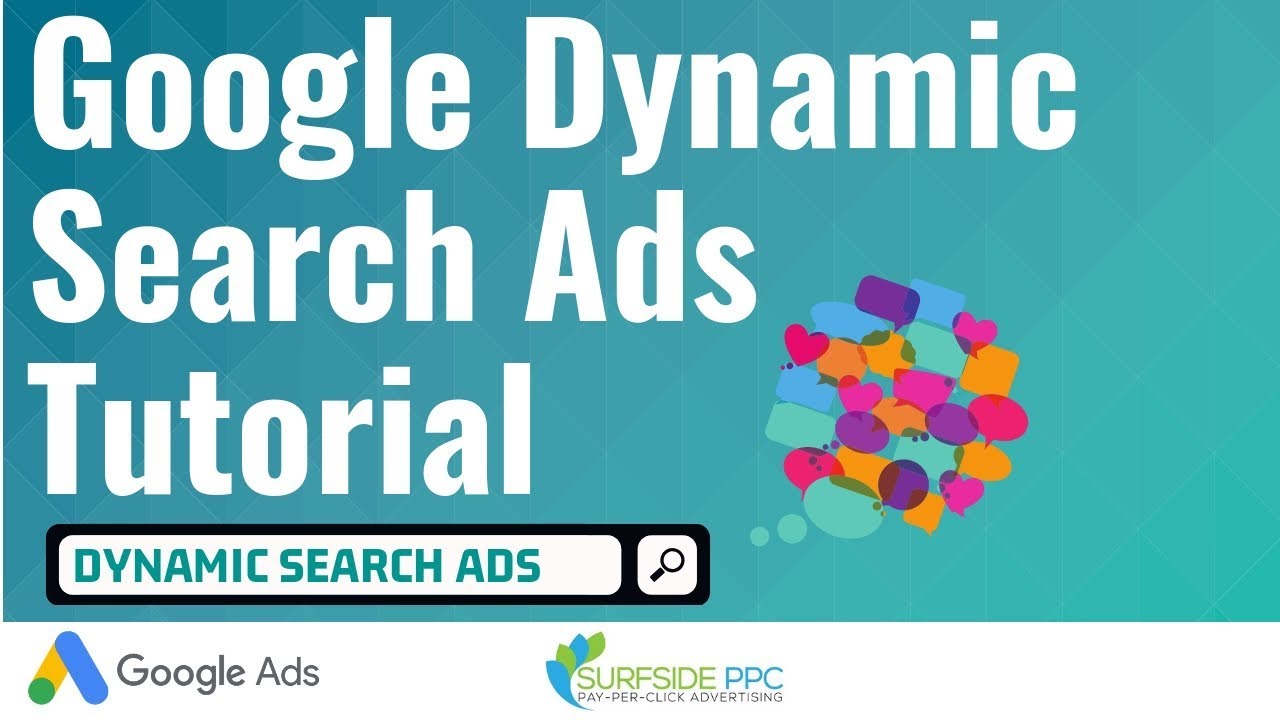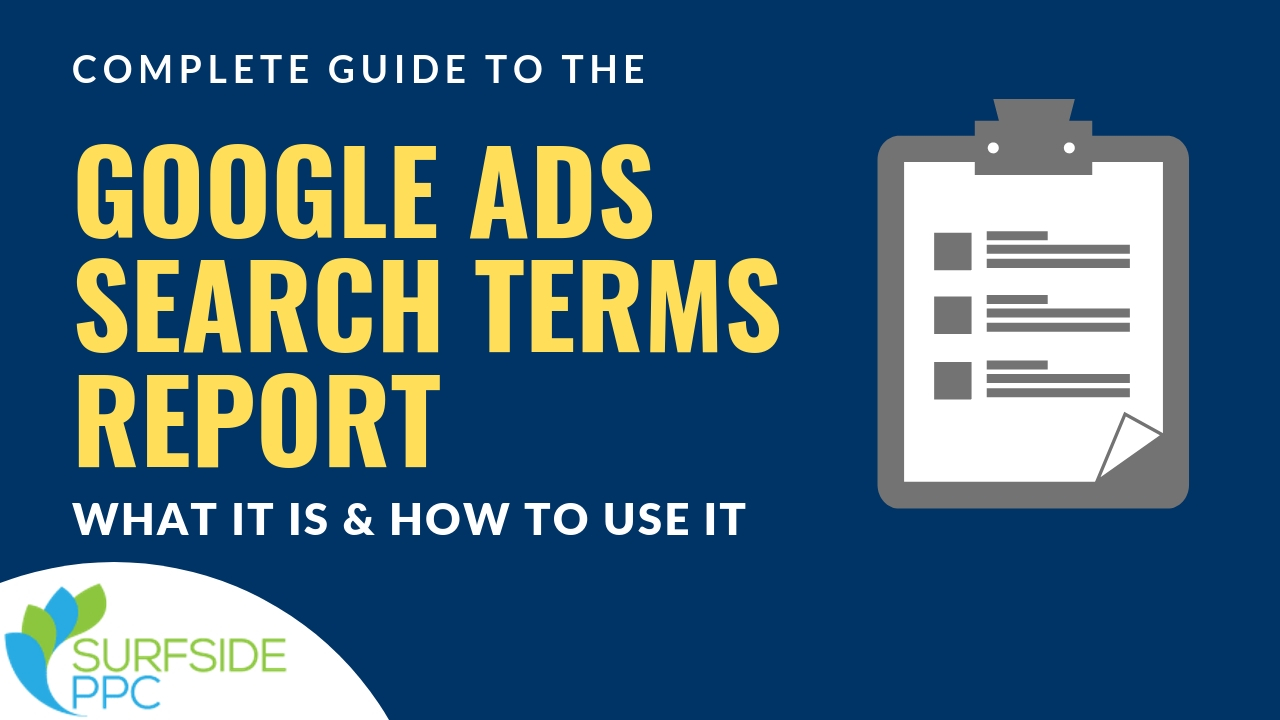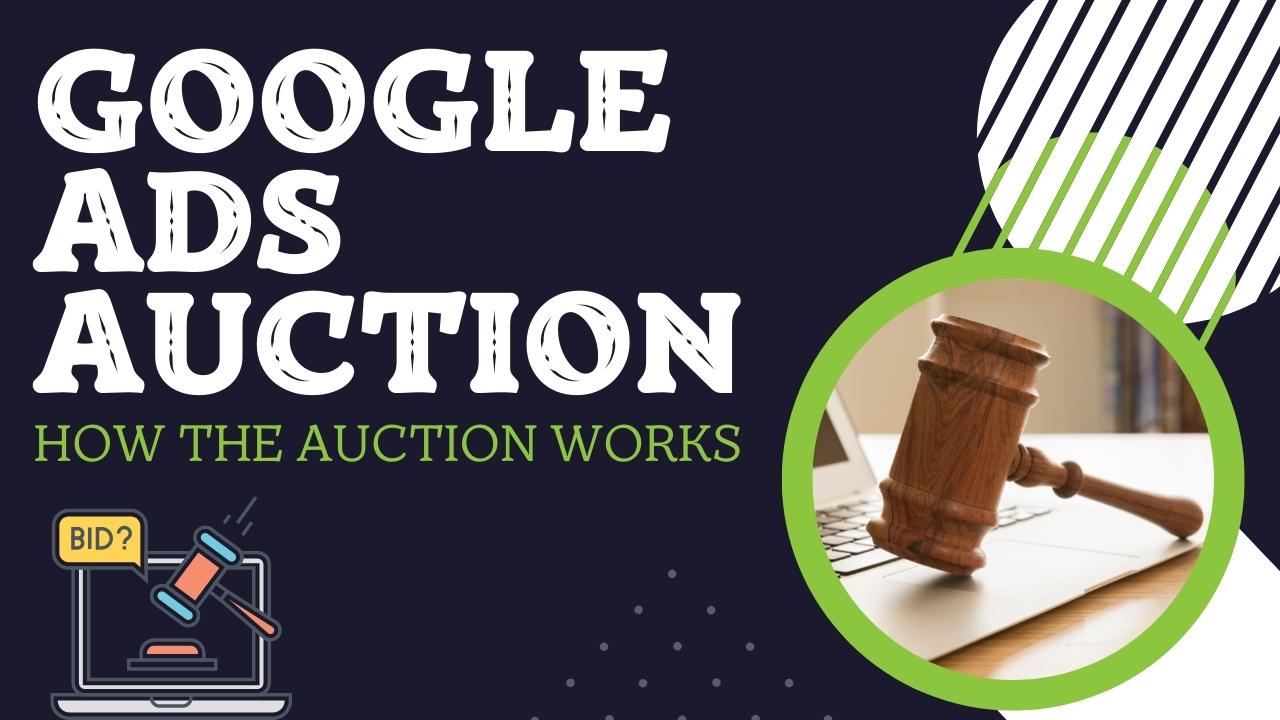If you are just getting started with paid advertising, you probably want to know what Retargeting and Remarketing is. We answer that question so you can understand what Retargeting is and how to use it as an advertiser. First off, the two terms can be used interchangeably. Ever since the initial release of Remarketing ads, they have grown in use and there are new features added every day.
What is Remarketing?
Remarketing & Retargeting Defined
Remarketing aka Retargeting is an online marketing strategy where advertisers target an audience that has previously interacted with their business. You can create retargeting audiences using your website visitors, email list subscribers, video viewers, customer lists, and app users. Retargeting is an effective strategy because advertisers can target people using personalized offers/ads based on how they previously interacted with their website, YouTube channel, email list, and mobile app. Advertisers can use customer lists to determine what customers are interested in and use that information to drive more sales from each customer.
Remarketing vs. Retargeting
I know some advertisers will define these terms differently, but the only difference, in my opinion, is that Google Ads uses the term ‘Remarketing’ while every other online channel uses the term ‘Retargeting.’ Some people will argue that Remarketing refers to marketing to people in their email inbox and Retargeting refers to search, social, and display ads.
Retargeting and remarketing are similar terms used to express the same actions. In this article, we will use the term Retargeting.

An Example of Retargeting
To make it easier to understand, just think of one of your prospect’s buying journey. Corey searches online for products you have to offer, finds you and decides to visit your website. He chooses not to place an order, and then he leaves your website without making a purchase. Once he visits other websites or social media channels, he notices multiple Retargeting ads showing him the exact product he was interested to buy from you. Those ads are part of your campaigns to get Joe’s attention and bring him back to your site. To entice Joe, you offer 10% off his order and he ends up coming back to your website and buying.
How does Retargeting Work?
People can visit your website through any channels, including direct, social, PPC, video, paid social or organic search. Once they land on one of your pages, you can use tracking codes to create specific audiences. Then you can create a unique message for each audience. You would normally use Google Analytics 4 for that, the Facebook pixel, or a variety of other tools.
Retargeting Platforms
Retargeting is not limited to Google’s display network (GDN). You can also create Facebook Retargeting Ads, Pinterest Retargeting Ads, LinkedIn Retargeting Ads, YouTube Retargeting Ads, or Twitter Ads. Most ad channels are offering Retargeting to advertisers because of how profitable it can be.
Remarketing Lists for Search Ads (RLSA)
Remarketing lists for search ads allows you to build lists based on website pages that people visit. For example, let’s say Joe searches for golf clubs and visits your website through organic search. He looks for putters on your golf website but doesn’t convert. He goes back to Google ready to search for golf clubs again and your Google Ads campaign bids more aggressively since he is in your Remarketing list.
As an advertiser, you can increase a bid for search keywords to people who have already visited your website. You can add a +100% bid adjustment for your $1.00 bid and it becomes $2.00 for anyone on your RLSA list.
The Power of Retargeting
Retargeting is a very powerful sales and branding tool. In addition to helping you drive sales, it helps you to promote your brand online and establish yourself as an authority in your niche. Strategies that use search, display, video and social media Retargeting campaigns can be very effective. together with remarketing advertising campaigns have more chances of success. It works well because you can send a targeted offer to someone who is more likely to be interested in your products or services.


